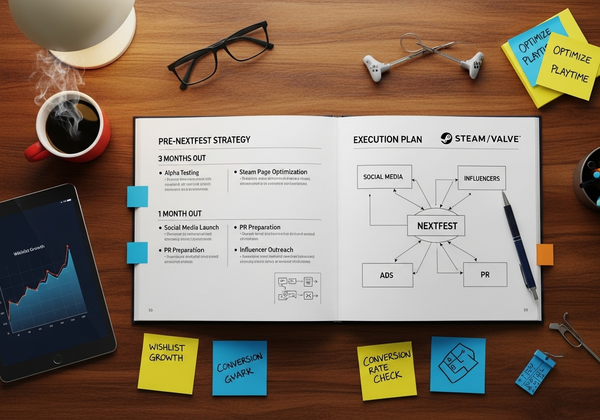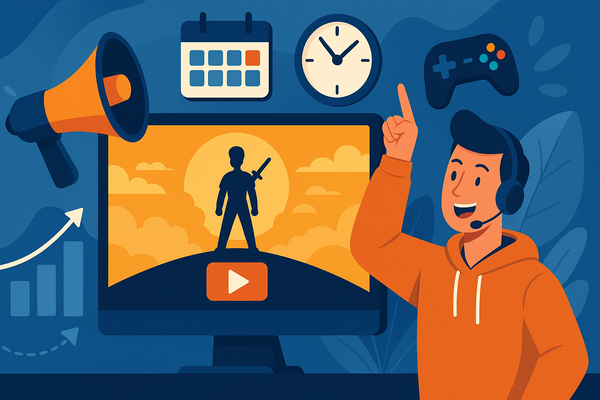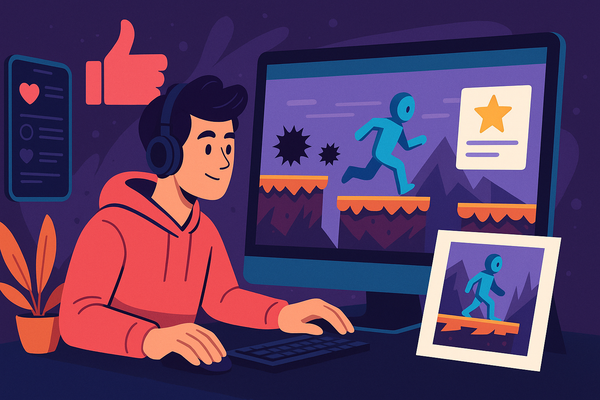Understanding the High Cost of User Acquisition in Free-to-Play Games
Explore the costly challenge of user acquisition in free-to-play games, where even a $1.50 CPI and low conversion rates demand strategic marketing and monetization for profitability. Learn the economics behind the gaming industry's user acquisition efforts.
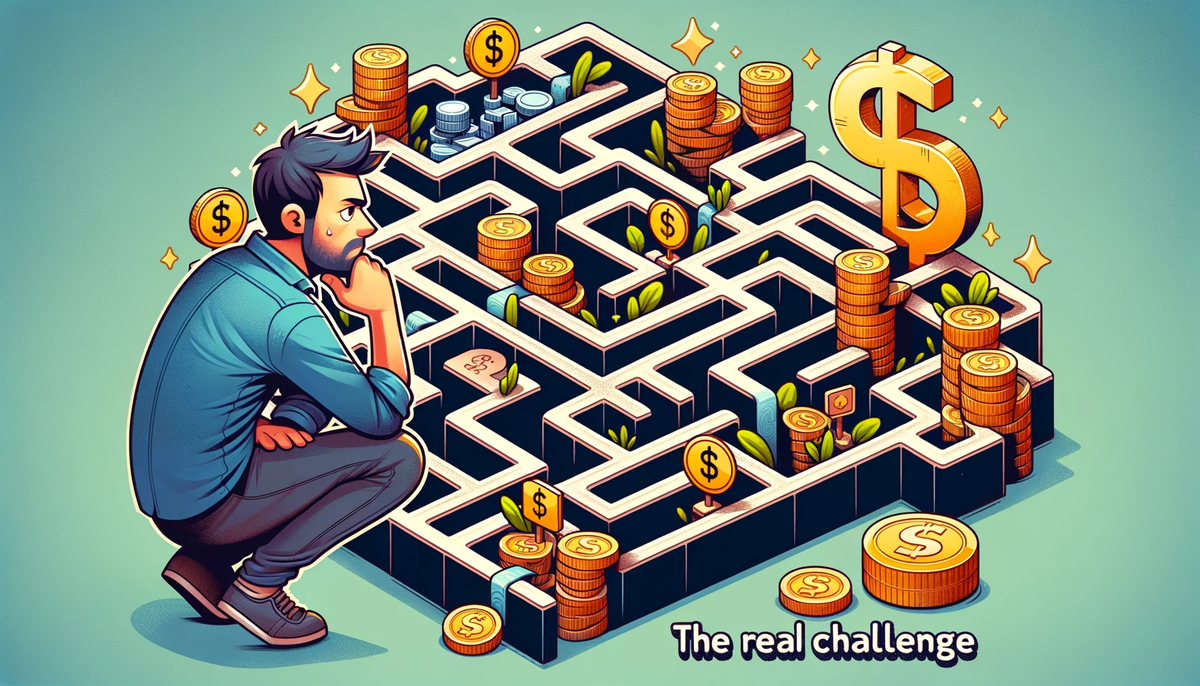
The world of free-to-play games is highly competitive and lucrative, but it comes with its own set of challenges, especially when it comes to user acquisition. At first glance, it might seem perplexing why acquiring users for a game that is free to download and play can be so expensive. Let's break this down with a simple example to understand the economics behind it.
The Cost Per Install (CPI) Dilemma
Imagine a free-to-play game where the Cost Per Install (CPI) is $1.50. This means the game’s developers pay $1.50 for every user who downloads and installs the game. It might not sound like much, but the costs add up quickly. For instance, if the game wants to acquire 100,000 users, the cost would be a staggering $150,000.


Conversion Rate: The Key Metric
The next piece of the puzzle is the conversion rate, which is the percentage of users who start spending money in the game after installing it. Let's say our example game has a monthly conversion rate of 2.5%. This means out of every 100 users who install the game, only about 2.5 will actually spend money in it.

Calculating the Break-Even Point
To understand why user acquisition is so costly, we need to look at the break-even point. The break-even Average Revenue Per Paying User (ARPPU) is the amount of money each paying user needs to spend for the game to recover its user acquisition costs.

Using our example, if it costs $1.50 to acquire a user and only 2.5% of users convert to paying customers, the game needs to earn $60 from each paying user just to break even. This calculation is done by considering the total cost to acquire 100 users ($150) and the fact that only 2.5 of them will pay, leading to a break-even ARPPU of $60.



The Real Challenge
The real challenge for free-to-play games is not just acquiring users but acquiring users who will spend enough money to cover the high costs of acquisition. This is why game developers invest heavily in marketing strategies and in-game monetization tactics to not only attract users but also convert them into paying customers.
Performance-Based Marketing
The economics of user acquisition in the free-to-play gaming market is a complex dance of numbers. The high costs involved in acquiring users and the relatively low conversion rates make it a challenging environment. Developers need to carefully balance their acquisition strategies with effective monetization to ensure their game is not just popular, but also profitable.
Platforms such as Glitch offers a way to work with influencers and keep the CPI low. It does by offering game publishers and indie developers a rate card in which they decide on how to price different metrics with influencer and content creators.
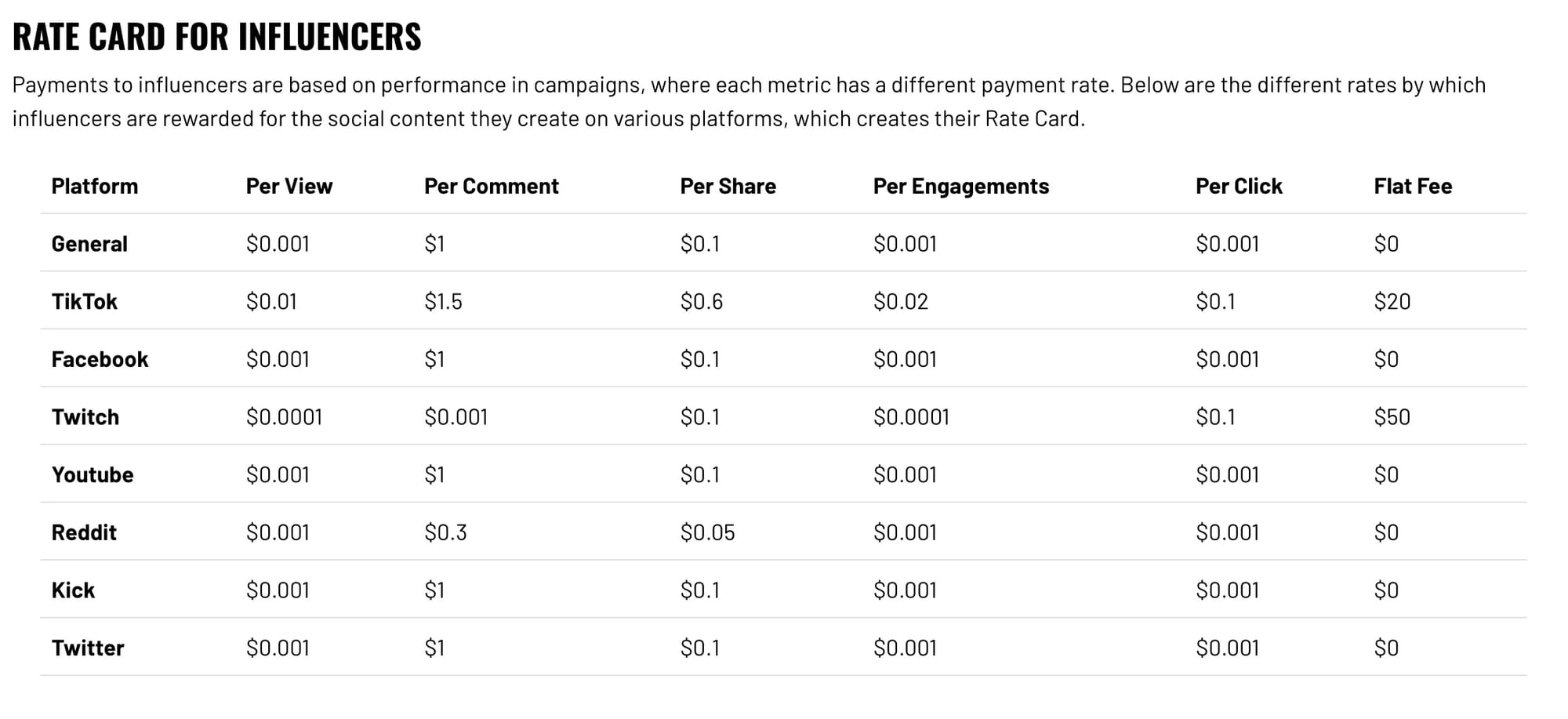
The result is they can encourage influencers and content creators to focus on metrics that will lead to installs at a lower cost for publisher. In exchange, the influencer and creator is offered a greater reward than for flat rate fees.
While free-to-play games can be downloaded at no cost, attracting and converting players into paying customers is an expensive and intricate process, critical to the success of the game.

